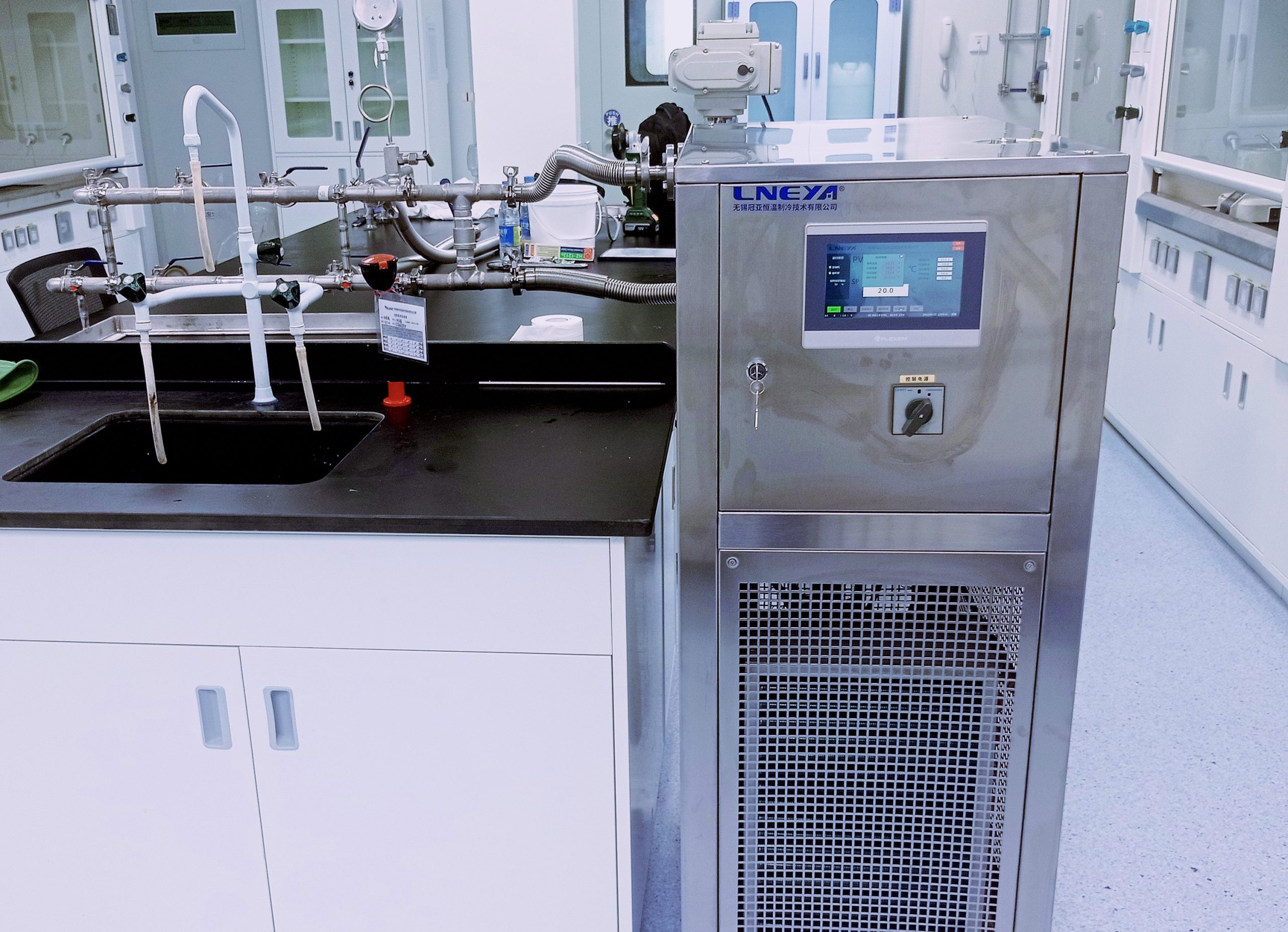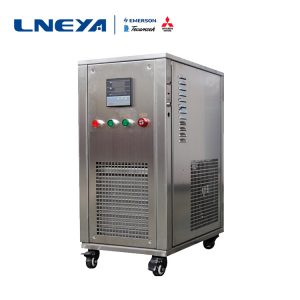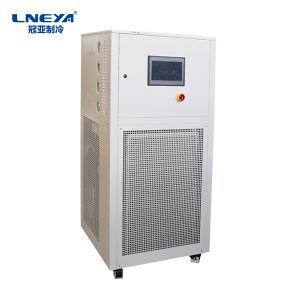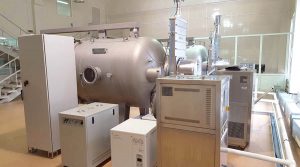There are usually three ways to control the temperature of laboratory reactors

1. Manual control: Manually operate the knob on the front of the reactor controller.
2. Control by PC: The PC and the controller are connected by a network cable, and the operation is carried out on the PC.
3. Controlled by thermostat: Silicone oil is heated through the thermostat, and the thermostat naturally has a temperature control function. Although the thermostat heating limit (usually 250°C) is not as high as that of electric heating (can be as high as 400-500°C), the thermostat rises and falls smoothly, and the low temperature can reach -60/-80°C.
Our LNEYA laboratory reactor temperature control system belongs to the third category. However, the temperature control range is from -120 degrees to 350 degrees. It adopts a fully enclosed pipeline design and a high-efficiency plate heat exchanger, which reduces the demand for heat transfer oil, improves the heat utilization rate of the system, and realizes rapid temperature rise and fall. Continuous temperature control can be achieved in the temperature range of minus 90 degrees to 195 degrees and minus 70 degrees to 220 degrees without pressure.
Jacketed glass reactors are popular in current chemical experiments. The supporting temperature control equipment has also become a matter of widespread concern in the industry. It is known that the cooling and heating temperature in the reaction process has an absolute influence on the reaction process and results. The analysis of the temperature control equipment’s ability to increase and decrease the temperature of the material has become the basic basis for choosing chiller. Then the cooling and heating capacity is not only estimated by imagination and experience, but requires scientific analysis and calculation methods, and needs to calculate the required heating power and cooling power according to the heating rate and cooling rate.
When our technicians communicate with customers, they will first understand the requirements of engineering parameters, such as high and low temperature, how long is the temperature control time, etc., so as to calculate the cooling power and heating power of the chiller required, and determine the available chiller. model, to give customers the most complete temperature control solution. If you also have this need, you can contact us.
関連推奨品
-
LNEYA ultra-low temperature bath safe operation instructions
909Ultra-low temperature thermostats use more equipment in the pharmaceutical and chemical industries. At the beginning of the new year, each operator needs to pay attention to safety operations, and safely and efficiently operate ultra-low temperatu...
詳細を見る -
Temperature cycle failure analysis of single fluid heating refrigeration system
1080The performance of single-fluid heating and cooling systems of different manufacturers is different. LNEYA is committed to creating a high-configuration single-fluid heating and cooling system to solve the problem of cooling and heating temperatur...
詳細を見る -
How to reduce the cost of semiconductor chip high and low temperature tester?
1051With the rapid development of electronic products, while the quality of products is improving, the decline in product prices is increasingly being valued by consumers. In order to reduce the price of electronic products, it is first necessary to r...
詳細を見る -
Part of LNEYA Equipment Function Introduction
13401.1.1 The industrial chillers(SUNDI series) is applied to cooling and heating the reactor, especially suitable for the process of heating and exothermic process. It can control the material temperature in the reactor, can choose the program contro...
詳細を見る
 LNEYA工業用冷凍機 メーカー サプライヤー
LNEYA工業用冷凍機 メーカー サプライヤー













